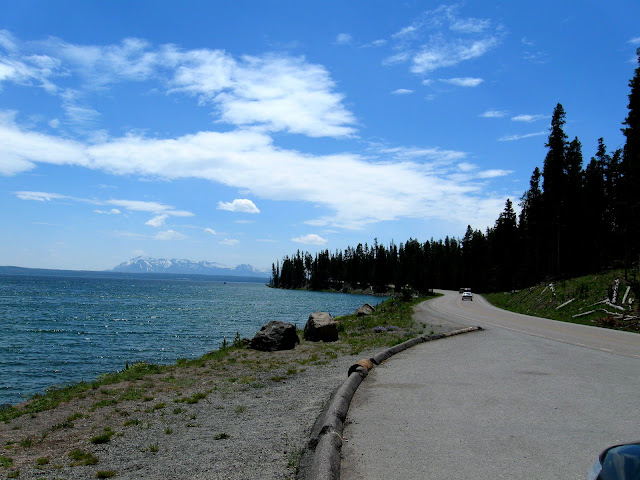This small village was once Abha Nagari, the city of radiance, established by Raja Chand. With the changing seasons and the turn of tides, Abha Nagari became Abhaneri and was gradually forgotten. Years and years later some explorers rediscovered it while trying to find ancient step wells and still some years later some Hollywood and Bollywood movies brought it back on the map of tourist destinations.
 |
| Chand Baori, one of the largest and deepest step wells in India and perhaps the world |
LOCATION
Country: India
State: Rajasthan
Closest City: Jaipur
HOW TO REACH
Abhaneri is located approximately 95 km from Jaipur and approximately 250 km from New Delhi. Hardcore bag packers can take a bus from Delhi or Jaipur.
We took a personal vehicle from Jaipur to Delhi and on the way we stopped by Abhaneri. With more time in hand, one can include Bhangarh and Sariska in the itinerary. (Click for Bhangarh post)
From Jaipur one has to take NH11 (Jaipur-Agra highway) towards Dausa and drive to the toll gate at Sikandar, Rajasthan. Abhaneri is about 3 4 kms from Sikandar-Alwar toll gate. Most people know about the Baori and finding the place is not a difficult task. The village is very small and the only two noticeable places there are the ruins of the Baori and Harshat Mata temple.
 |
| Leaving Jaipur, heading towards Dausa through the Aravallis. The road is flanked by old havelis. |
 |
| The step well is almost 100ft deep, 13 stories down with 3500 steps (source: Wikipedia) |
Step wells were prominent in western India, southern India, and some parts of Pakistan. The wells also known as Baori, Baoli, and Vav in the local language were mainly constructed in (but not limited to) places with water scarcity. The steps were used for access and regular maintenance of the wells. Some wells had religious significance and were constructed within temple complexes with exquisite carvings of deities while some were meant for private or public bathing or for social gatherings much like the Roman baths.
Chand Baori was built as a part of the Harshat Mata temple complex by Raja Chand. The Well came into prominence after it made cameo appearances in some Hindi and English movies (The Dark Knight Rises, the Fall, Paheli to name a few).
 |
| The tessellation gets the head spinning :P |


Restoration work is currently on (march 2016) and entering the well is strictly prohibited. There are steps on three sides and the fourth side has various chambers and terraces. Some suggest it was a temple while others say they were chambers for the kings and queens.
 |
| The Harshat Mata (goddess of happiness) Temple stands adjacent to the Baori |
This 8th or 9th-century Maha-maru-style temple was also built by Raja Chanda of the Chahamana dynasty of Nikumba Rajputs. Its most beautiful part once upon a time was the internal dome adorned with delicate carvings but today it's fallen apart and restoration work is in process. Its plinth still has some beautiful artwork.
Rajasthan was once addressed as Maru-desh or the land (desh) of desert (maru), hence the architectural style that evolved in this part of western India in the early medieval era was called the Maha-maru style. 'In this style, the temple body is
treated as though it is a monolithic mass sculpted out from living rock. Its
decorations are reminiscent of those possible in a brick-and-stucco tradition;
they seem appliqué-like, with the carved ornamentation clothing the temple
under a richly embroidered veil'. (source)

















































